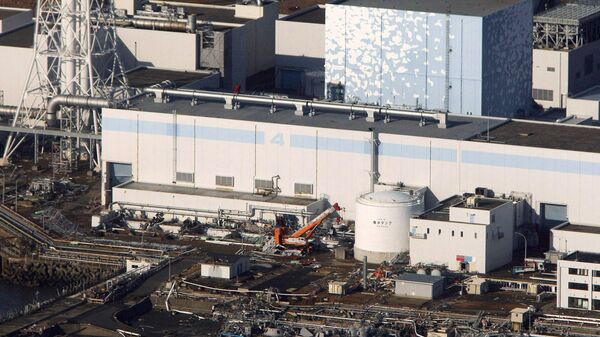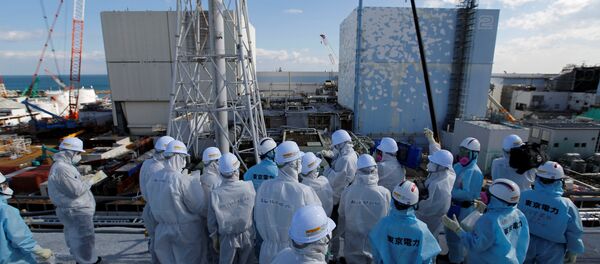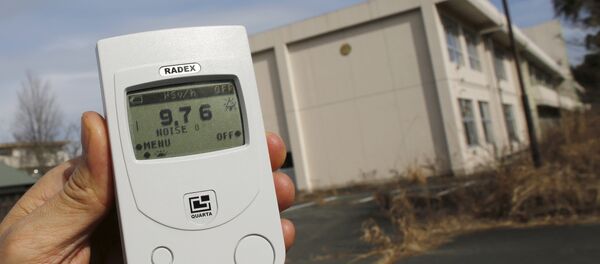The wells around the reactors are designed to pump groundwater away from the facility. Tokyo Electric Power Company (TEPCO), which operates the plant, said that six wells in the vicinity of the reactors were actually a full three feet below the required safe height to avoid contamination. This means it's possible that radioactive waste water has been leaking into the soil at those sites.
The mistake was noticed in April 2017 during tests that preceded the digging of a new well, and TEPCO launched a full investigation. The mistake was a result of TEPCO erroneously configuring the gauges in the wells, repeatedly giving them false readings of the groundwater levels at those sites.
TEPCO tested all six questionable sites and found that the groundwater has no elevated levels of radioactivity. A leak is therefore unlikely, according to TEPCO spokesman Shinichi Nakakuki.=
The Fukushima plant suffered a triple meltdown following the devastating 9.0 earthquake and tsunami that struck Japan in March 2011, killing around 16,000 people. After the meltdown that forced 174,000 people to abandon their homes, further contamination occurred when melted-down nuclear fuel seeped into the groundwater.
The wells are to prevent radioactive water from leaking into the Pacific, but TEPCO has had repeated troubles with managing thousands of tons of contaminated water. Shortly after the meltdown, an underground barrier of frozen soil was built, but in 2016 they revealed that the measure had been ineffective. In July 2013, TEPCO revealed that radioactive water was leaking from the plant into the Pacific Ocean, something they had previously denied.
TEPCO has been severely criticized by the Japanese government and public for their mishandling of the meltdown and ensuing crisis. In 2016, three of TEPCO's top executives, including former Chairman Tsunehisa Katsumata, were indicted on charges of criminal negligence.
They are also the subject of 30 class action lawsuits from displaced and injured residents. The most recent lawsuit was resolved earlier in September, when the company was ordered to pay 376 million yen ($3.36 million) to 42 plaintiffs.




